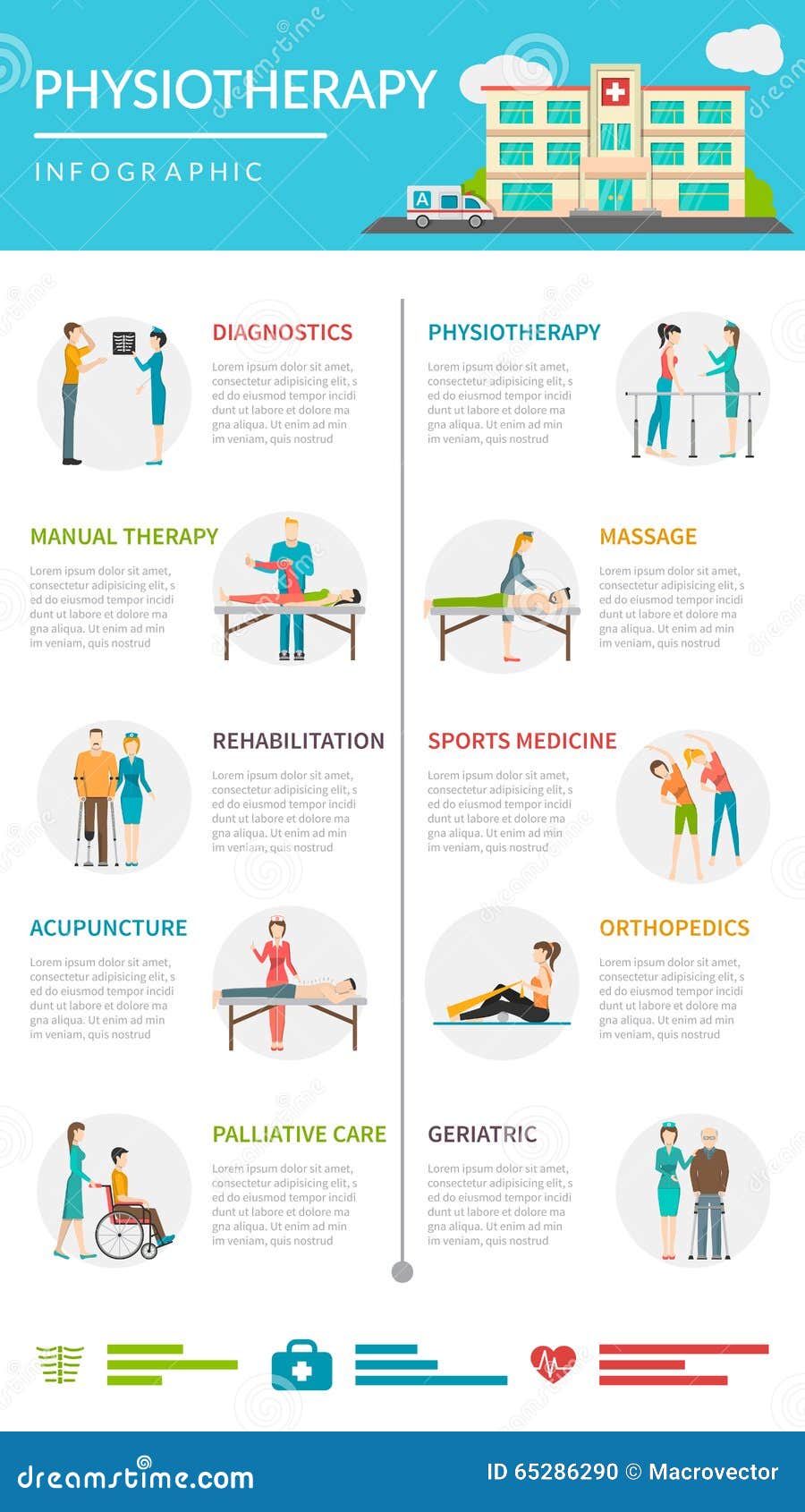When it involves recognizing cold laser treatment, there's a remarkable world of scientific research waiting to be explored. The elaborate methods which low-level light communicates with your body's cells to advertise healing might shock you. From enhancing mobile feature to reducing inflammation and improving overall health, the science behind this treatment holds numerous secrets that can benefit your health in unforeseen methods. Fascinated by how these light waves function their magic? Allow's unravel the secrets together.
Just How Cold Laser Therapy Works
To comprehend just how cold laser treatment works, consider its capability to permeate the skin and stimulate recovery at a cellular degree. When visit site is related to the targeted location, it emits a low-level light that can pass through several centimeters under the skin. This light connects with the cells in the cells, triggering a series of biological responses.
The photons of light energy are absorbed by the mitochondria, the powerhouse of the cell. This stimulation boosts cellular feature, advertising the production of ATP, which is essential for mobile power. Therefore, the cells have extra power to fix and regenerate, speeding up the healing procedure.
In addition, cold laser therapy likewise aids in decreasing swelling and increasing blood circulation in the affected location. By decreasing inflammation, it aids to ease pain and swelling. The improved blood circulation brings more oxygen and nutrients to the tissues, even more sustaining the healing procedure at a mobile degree.
Systems of Activity
Understanding the devices of activity behind cold laser treatment offers insight into its effectiveness in advertising mobile recovery and lowering swelling.
When the cold laser is put on the skin, it passes through the targeted tissue without home heating or harming it. The photons of light emitted by the laser are taken in by the mitochondria in the cells, where they stimulate the manufacturing of adenosine triphosphate (ATP), the power money of the cell. This increase in ATP manufacturing boosts cellular metabolism, causing sped up healing procedures.
Moreover, cold laser therapy assists to decrease swelling by turning on the lymphatic drain system, which helps in eliminating excess liquid and waste items from the afflicted location. The laser likewise stimulates the release of anti-inflammatory mediators, such as nitric oxide, which play a vital function in moistening the inflammatory reaction.
Perks and Applications
Checking out the different benefits and functional applications of cold laser treatment introduces its adaptability in dealing with a wide range of problems successfully. This non-invasive therapy alternative is known for promoting cells repair service and minimizing swelling.
One considerable advantage is its capability to speed up the healing process for injuries such as strains, strains, and tendonitis. Cold laser treatment is also used for discomfort management in problems like joint inflammation, fibromyalgia, and neuropathy, giving alleviation without the demand for medicine.
Past discomfort relief, cold laser therapy has revealed assurance in skin-related applications by promoting collagen production, which can enhance complexion and structure. Additionally, it's increasingly utilized in sports medication to enhance efficiency, quicken recuperation, and ease muscular tissue fatigue.
Additionally, this therapy aids in lowering mark cells development and can be valuable in post-surgical rehabilitation.
Conclusion
You now comprehend the science behind cold laser treatment and its benefits for healing, pain administration, skin health and wellness, sporting activities efficiency, and post-surgical recovery.
By utilizing therapy laser -level light to stimulate cellular recovery, this treatment provides a non-invasive and effective therapy alternative for a range of problems.
With https://www.shape.com/lifestyle/beauty-style/hair/laser-hair-growth-cap-comb to boost cellular feature and promote recovery processes, cold laser therapy is a valuable device in contemporary health care.
